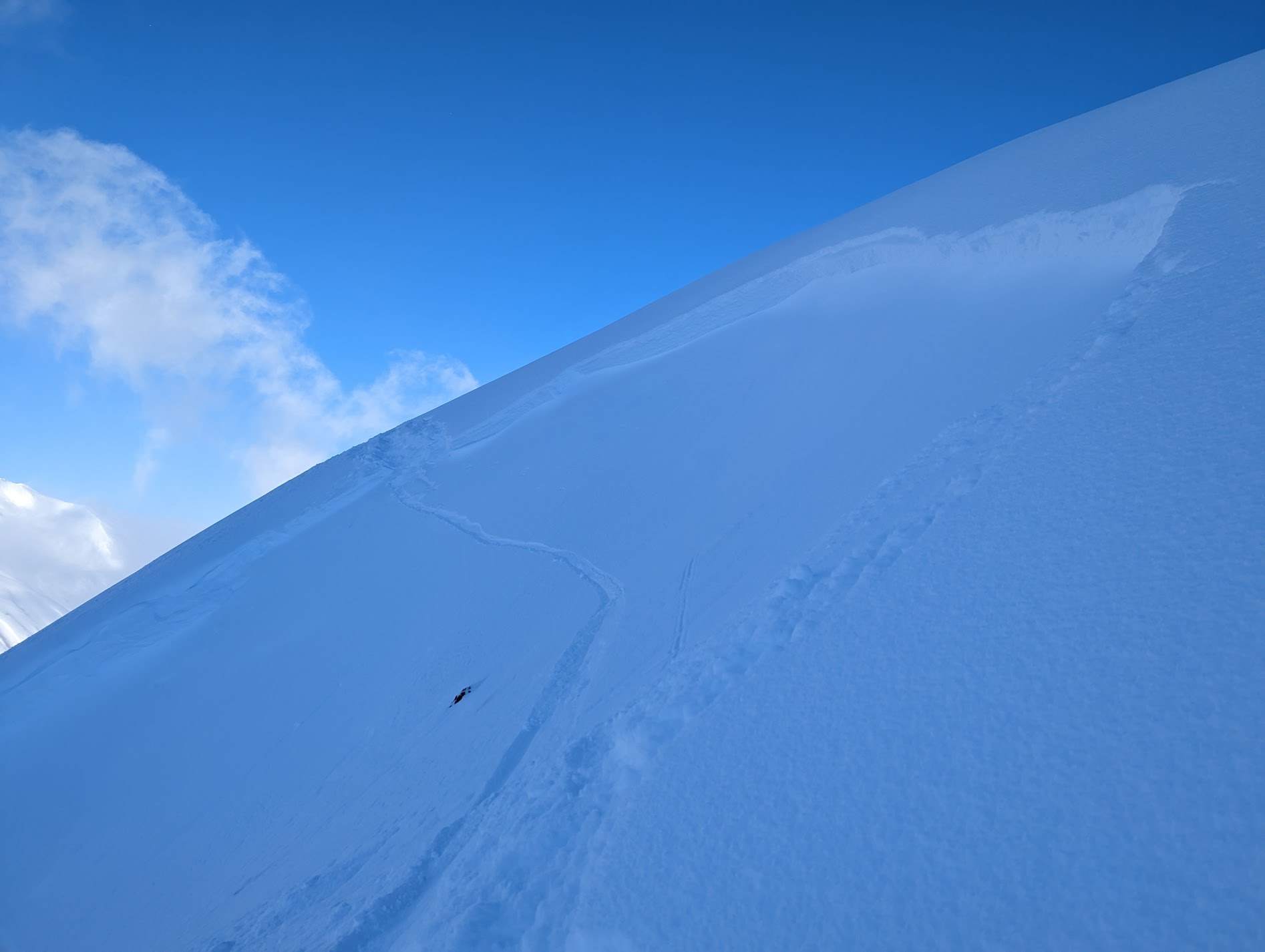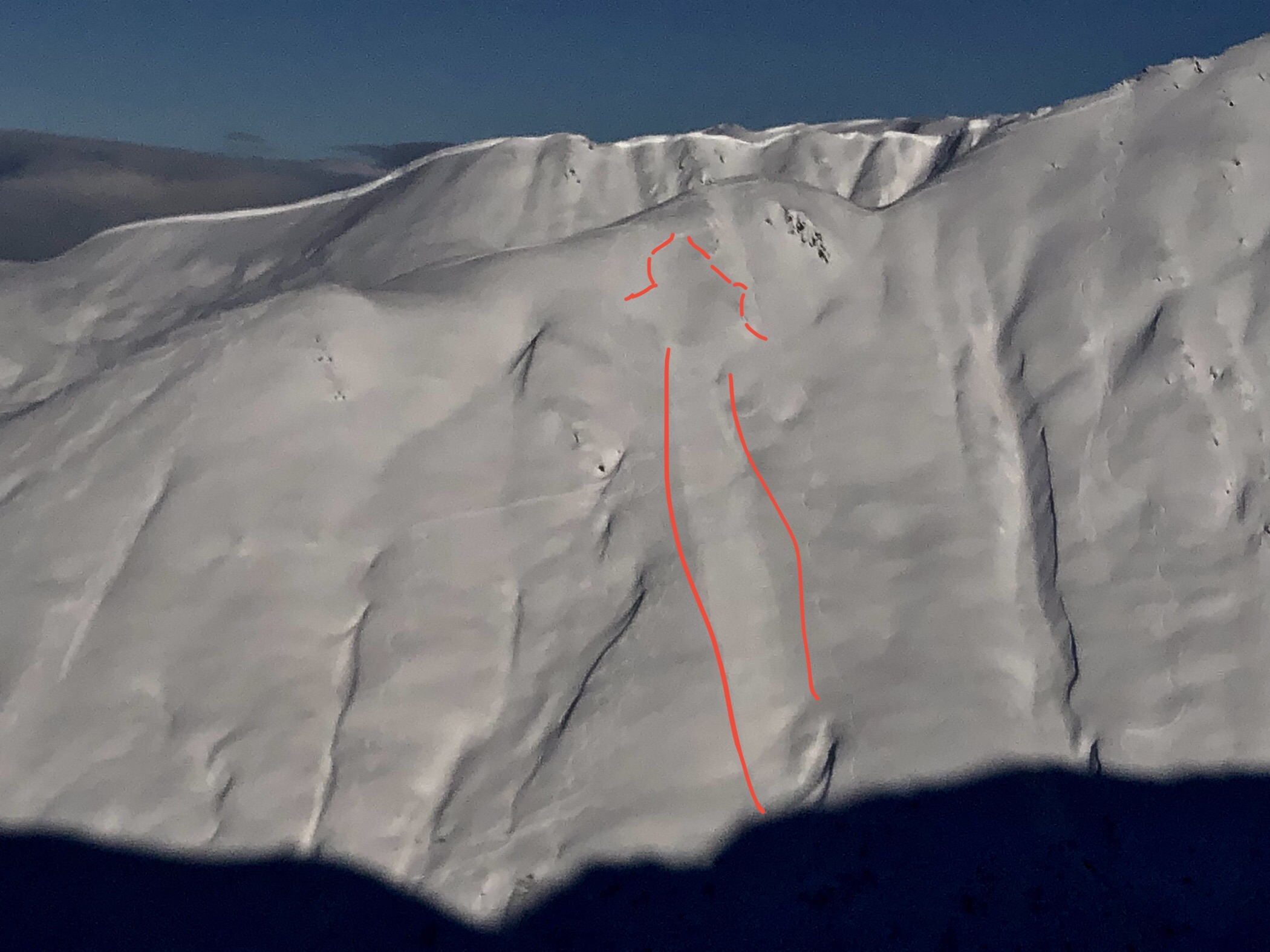Turnagain Pass
|
|
The avalanche danger will start off CONSIDERABLE and rise to HIGH today above 2500′. Strong winds and snowfall will make natural avalanches 1-3′ deep likely and human triggered avalanches very likely in areas with active wind loading. There is also a layer of buried surface hoar 2-4′ deep that could produce large avalanches in isolated areas. We recommend avoiding avalanche terrain at upper elevations, the avalanche danger will increase rapidly as the storm intensifies.
Below 2500′ the avalanche danger is CONSIDERABLE. Careful evaluation of the snowpack and conservative terrain selection is recommended. The new snow from this week has not bonded well with the old snow surface in areas below 2000′ where a melt freeze crust exists in the upper snowpack. The potential for avalanches on this weak layer at lower elevations may catch folks off guard.
SUMMIT LAKE/LOST LAKE/SNUG HARBOR: Strong winds and snowfall will rapidly increase avalanche danger region wide. Very large avalanches are possible on deeply buried weak layers in areas with a shallower overall snowpack, like Summit Lake.
Join us on Valentine’s Day (Feb 14th) for Snowball! Dance to lively music by the Jangle Bees, bid on the silent auction, and enjoy 49th State Brewing libations and decadent desserts. Bring your sweetie or your best backcountry partners—or find new ones on the dance floor. All proceeds from this event benefit the Friends of the Chugach Avalanche Center and the Alaska Avalanche School, so you can let loose knowing it’s for a great cause! Tickets are limited, so get yours soon. Click here for tickets and more information.




